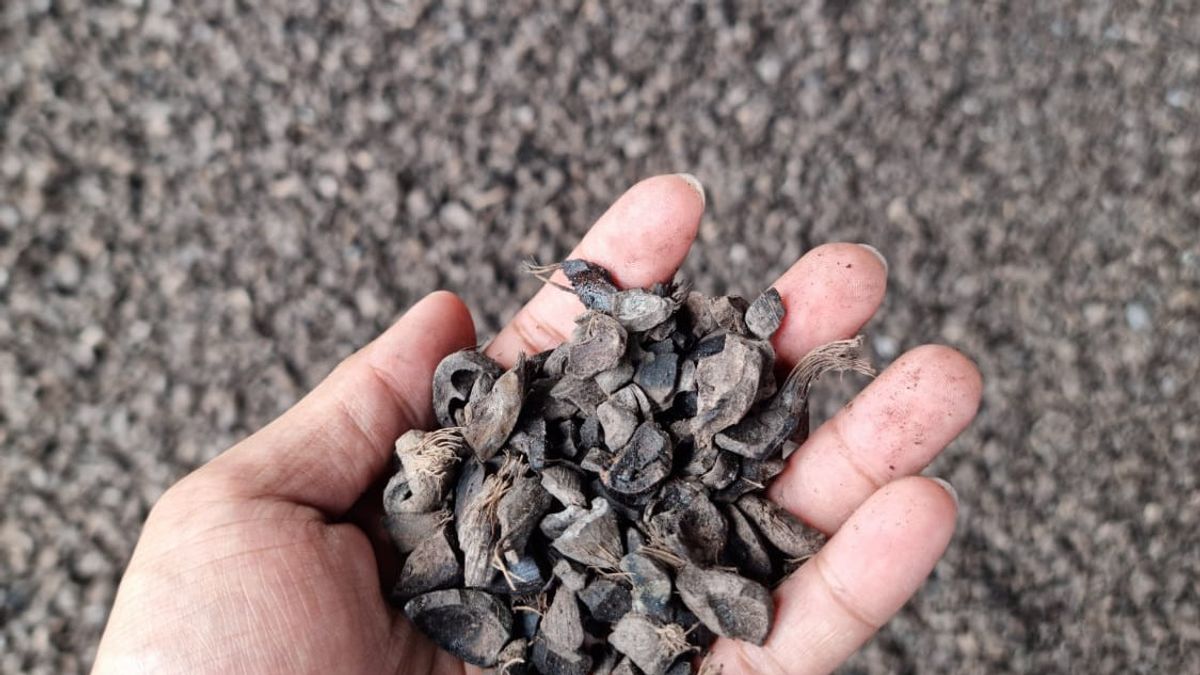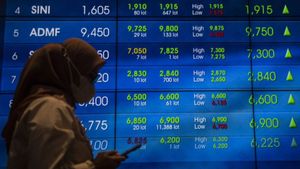JAKARTA - PT PLN (Persero) through its subsidiary PT Pembangkitan Jawa Bali (PJB) has successfully tested the use of 100 percent palm kernel shell biomass as raw material for coal replacement (co-firing). This trial took place at the Steam Power Plant (PLTU) with a capacity of 2x7 megawatts (MW) Tembilahan, Indragiri Hilir Regency, Riau Province.
PLN President Director Darmawan Prasodjo stated that the use of 100 percent biomass in the High Co-Firing (HCR) trial which was held on June 15 was the first in Indonesia, as well as an answer to the future of clean energy in the country.
As one of the PLN "Green Booster" programs, continued Darmawan, co-firing is expected to support the national new renewable energy mix target.
"This 100 percent biomass firing is a form of PLN Group's consistency in providing clean energy for a better Indonesia. As a pioneer, I also hope that this success can be a motivational boost to be applied to other PLTUs," said Darmawan in an official statement, Thursday, June 16. .
Darmawan added that PLN will continue to optimize the implementation of co-firing until it reaches a capacity of 1.8 gigawatts. From the target of 52 locations for the implementation phase in 2025, currently biomass co-firing has been implemented in 31 locations, with the utilization of 175 thousand tons of biomass. This achievement resulted in the production of 185 GWh of clean energy, a decrease of 184 thousand tons of CO2.
"The acceleration of the co-firing program is clear evidence of PLN's seriousness in supporting the government to reduce carbon emissions in the country to achieve the carbon neutral target by 2060," he said.
Director of Operations 1 of PT PJB Yossy Noval explained that the co-firing testing at PLTU Tembilah was carried out in stages according to the planned procedure. The initial stage starts from using 25 percent of biomass as a substitute fuel on Sunday 12 June to completion of 100 percent biomass firing on Wednesday 15 June. Evaluation is carried out after the test is completed.
Based on the joint evaluation, the results of technical monitoring showed that the operating parameters were still within normal limits, the 7 MW load could be maintained stably, and there was no load derating up to a maximum of 100 percent biomass. On the other hand, the data shows the potential for improving fuel flow and NPHR is quite significant because palm shells have a high calorific value.
From the environmental aspect, palm kernel shells have a lower sulfur content than coal so that the resulting emissions also show a decrease. The shells used come from plantation waste, are low in ash and are considered carbon neutral, so that it will have an impact on a better environment.
PT PJB as a pioneer in co-firing has implemented this innovation in 14 PLTUs spread throughout Indonesia. From the data collected as of June 14, 2022, the implementation of PT PJB's co-firing has resulted in a total green energy of 100.28 GWh.
"When compared to 2021 with a total green energy from co-firing of 140.49 GWh, there is a projected significant increase in production until the end of 2022," he explained.
For information, co-firing is the process of adding biomass as a partial replacement fuel into a coal boiler. The co-firing process is carried out without increasing costs (capex) or building new EBT (biomass) plants, so it is very competitive. The expected benefits with the co-firing program at coal-fired power plants are emission reductions, savings in the basic costs of electricity supply and increasing fuel alternate competitiveness for PLN.
The English, Chinese, Japanese, Arabic, and French versions are automatically generated by the AI. So there may still be inaccuracies in translating, please always see Indonesian as our main language. (system supported by DigitalSiber.id)









